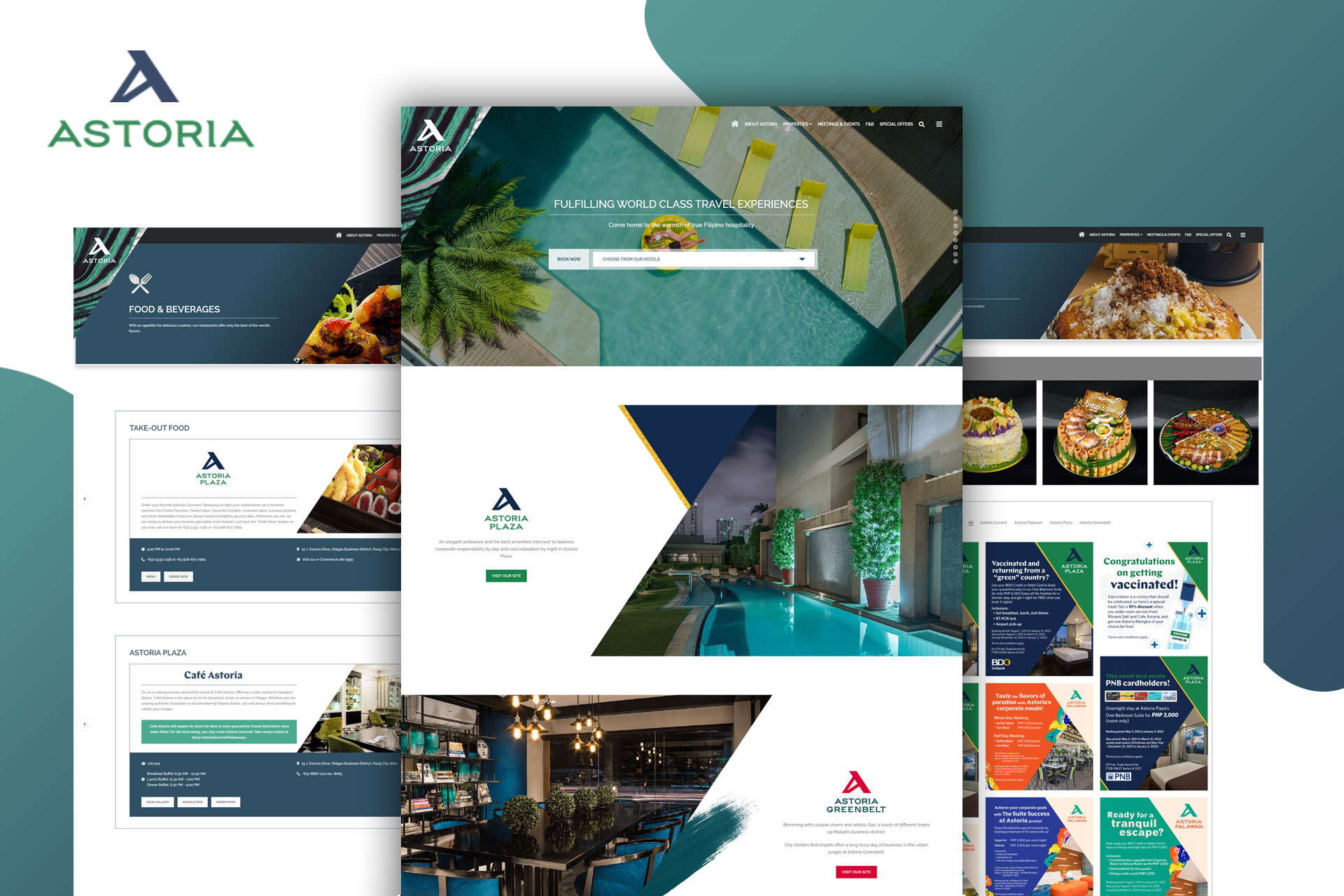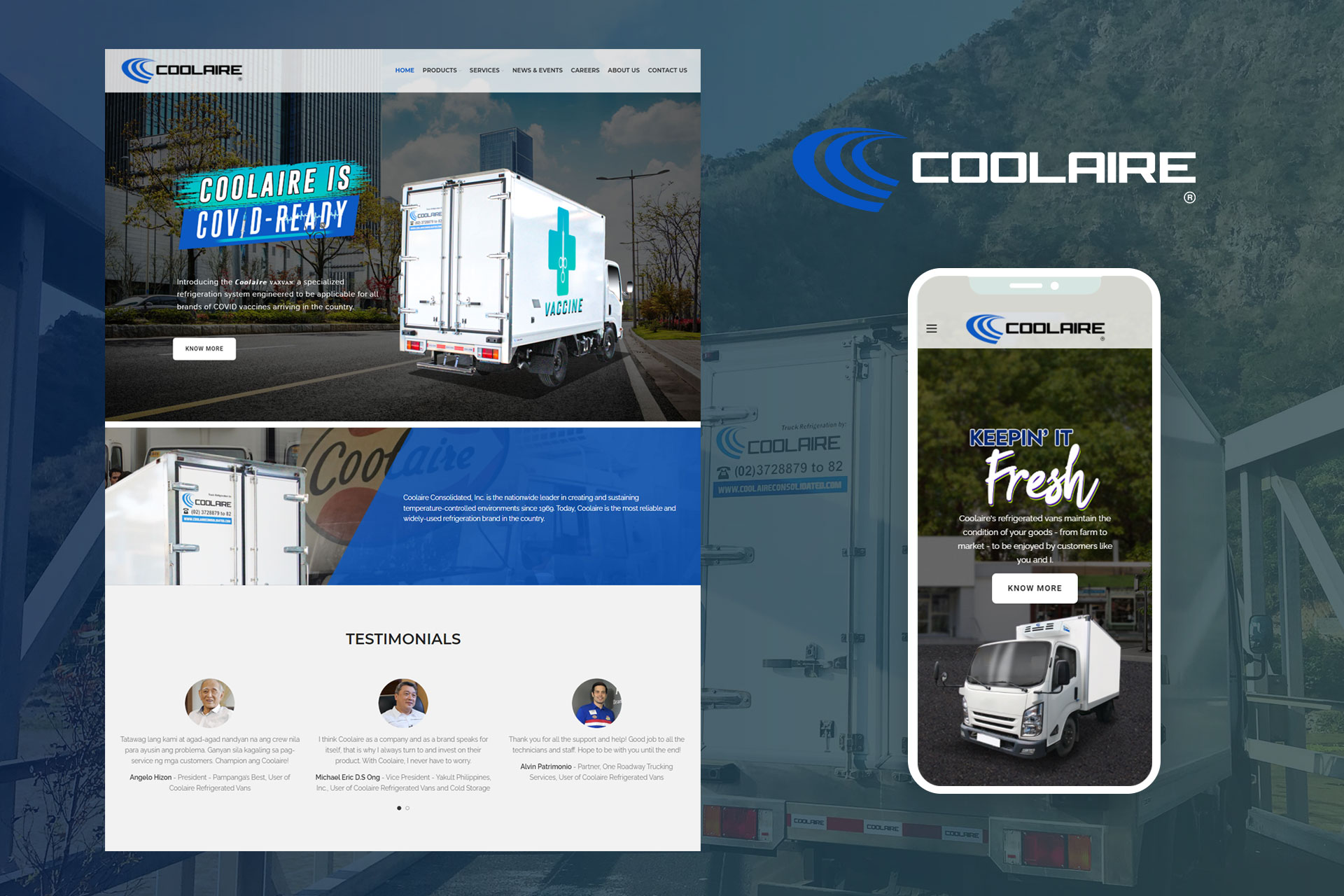Creating a website is like building a house – you want it to stand strong and look good no matter what the weather is like. But just like different weather conditions can affect a house, different web browsers can affect how your website looks and functions. That’s where cross-browser compatibility comes into play.
In this blog, we’ll get to know the basics of cross-browser compatibility – what it’s all about, its importance, challenges, and provide some tips to help you achieve it.

Table of Contents
- What is Cross-Browser Compatibility?
- Importance of Cross-Browser Compatibility
- Challenges of Cross-Browser Compatibility
- Tips for Achieving Cross-Browser Compatibility
What is Cross-Browser Compatibility?
Cross-browser compatibility is the capacity of a website to function and appear consistently across different web browsers, regardless of their type or version. It allows users to have a seamless experience, no matter what browser preferences they have. It’s essential for usability, brand perception, and maximizing your website’s reach.
Importance of Cross-Browser Compatibility
Picture this: You spend hours designing a beautiful website that looks perfect in Google Chrome. But then, your friend opens it in Safari and it’s all jumbled up like a puzzle missing pieces. Frustrating, right? That’s why cross-browser compatibility is crucial in web design for several reasons:
1. User Experience
Ensuring cross-browser compatibility enables users to have a consistent and smooth experience when visiting your website, regardless of the browser they use. A website that looks broken or functions poorly in certain browsers can frustrate visitors and drive them away, resulting in lost opportunities for engagement, conversions, and revenue.
2. Accessibility
Not all users prefer or have access to the same web browsers. Some may be using older versions due to compatibility issues with their devices or software limitations. That’s why optimizing your website for cross-browser compatibility, you make it accessible to a wider audience, including users with different browsers, devices, and accessibility needs.
Related: What is Website Optimization? Benefits and Challenges
3. Brand Reputation
A website that fails to display properly or function correctly across different browsers can negatively reflect your brand. Users may perceive your brand as unprofessional or unreliable if they encounter technical glitches or inconsistencies. On the other hand, a seamlessly functioning website across all browsers enhances your brand’s credibility and trustworthiness.
4. SEO Performance
Search engines prioritize user experience when ranking websites in search results. If your website performs poorly or is inaccessible in certain browsers, it may receive lower rankings, reducing its visibility and organic traffic. By ensuring cross-browser compatibility, you improve the chances of your website ranking higher in search engine results pages (SERPs).
5. Conversion Rate Optimization (CRO)
Cross-browser compatibility directly impacts conversion rates by influencing user behavior on your website. A website that functions well across all browsers encourages visitors to stay longer, explore more content, and ultimately take desired actions such as making purchases or filling out forms. Conversely, compatibility issues can lead to higher bounce rates and lower conversion rates.
6. Future-Proofing
Browsers continue to evolve with updates and new versions released regularly, so designing with cross-browser compatibility in mind can future-proof your website against potential issues arising from browser updates. This proactive approach reduces the need for frequent maintenance and updates to address compatibility issues, saving time and resources in the long run.
7. Legal Compliance
In some regions, there are legal requirements and accessibility standards that mandate websites to be compatible with various browsers and assistive technologies. Failing to comply with these regulations can result in legal consequences and penalties. Prioritizing cross-browser compatibility can help mitigate the risk of legal challenges and ensure adherence to relevant standards and guidelines.
Challenges of Cross-Browser Compatibility
Creating a website that works seamlessly across all browsers isn’t always a walk in the park. Each browser has its quirks and preferences, which can make things tricky. Here are some common challenges you might face:
1. Different Rendering Engines
Think of rendering engines as the brains behind each browser. They interpret your website’s code and turn it into the beautiful page your visitors see. But here’s the catch: each browser has its own rendering engine. For example, Chrome uses Blink, while Firefox uses Gecko. This means what looks great in one browser might not look the same in another.
2. Browser Updates
Browsers are constantly evolving, with new updates rolling out regularly. While these updates often bring exciting new features, they can also wreak havoc on your carefully crafted website. What worked perfectly yesterday might break today due to a browser update. Staying on top of these changes and adjusting your site accordingly is essential for maintaining cross-browser compatibility.
3. Legacy Support
Just like fashion trends come and go, so do web browsers. While most people use the latest versions, some folks are still rocking older browsers for various reasons. Designing for these legacy browsers can feel like trying to fit a square peg into a round hole. It requires extra effort to ensure your site remains functional and visually appealing, even for those stuck in the past.
Tips for Achieving Cross-Browser Compatibility
Now that you understand the importance and challenges of cross-browser compatibility, let’s dive into some tips to help you conquer it like a pro:
1. Make Sure to Test it Out!
The golden rule of cross-browser compatibility is to test your website in as many browsers as possible. Don’t just rely on your favorite browser; branch out and test in Chrome, Firefox, Safari, Edge, and even Internet Explorer (if you dare). Utilizing cross-browser testing tools can also help streamline the testing process.
2. Embrace Standards
When writing your website’s code, stick to web standards like HTML5, CSS3, and JavaScript. These standards are supported by all modern browsers, reducing the likelihood of compatibility issues. Avoid using browser-specific hacks or proprietary technologies that might not play nicely with others.
3. Use Vendor Prefixes Wisely
Vendor prefixes are handy little snippets added to CSS properties to target specific browsers. For example, -webkit- is used for Chrome and Safari, while -moz- is for Firefox. While vendor prefixes can help achieve cross-browser compatibility, use them sparingly and always provide a non-prefixed fallback to ensure compatibility with older browsers.
4. Keep it Simple
Complexity is the enemy of cross-browser compatibility. Stick to simple designs and straightforward code whenever possible. Avoid overloading your website with fancy effects or cutting-edge technologies that might not be supported by all browsers. Remember, less is often more when it comes to creating a universally compatible website.
5. Stay Updated
Finally, stay vigilant and keep an eye on browser trends and updates. Subscribe to developer newsletters, follow industry blogs, and participate in online forums to stay informed about the latest developments in cross-browser compatibility. Staying proactive and adaptable can help your website remain in tip-top shape across all browsers.
Looking to start your web design project today? Contact us, and we’ll be glad to assist you!


 Shopify Website Design
Shopify Website Design  Small Business Marketing
Small Business Marketing 




